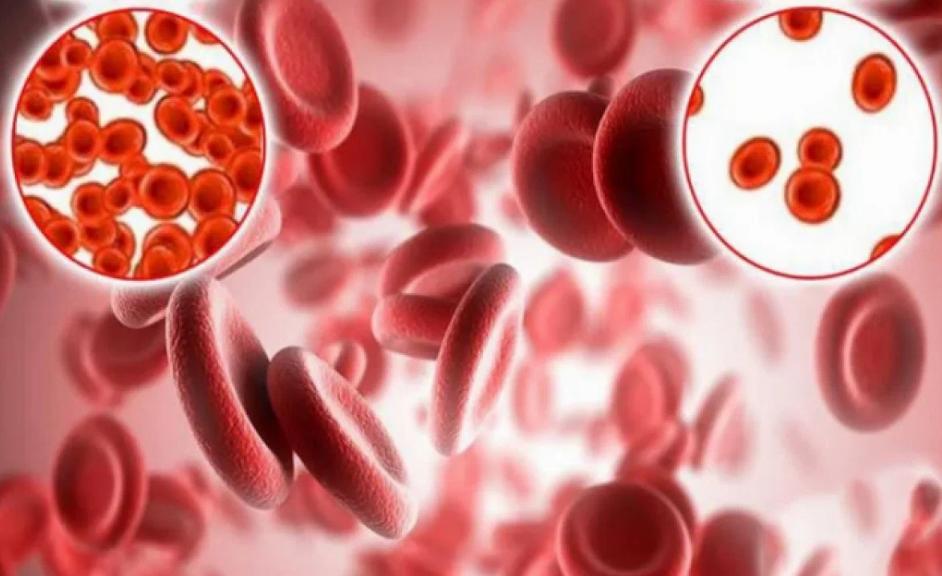Recommendations for Diagnosis and Genetics of Pyruvate Kinase Deficiency
International Guidelines:
Recommendations for Diagnosis and Genetics of Pyruvate Kinase Deficiency
Who is affected: Adults, children, infants, and newborns with or without diagnosis of PK deficiency
Why it matters:
The rarity of PK deficiency and wide variability of symptoms make it difficult to diagnose resulting in misdiagnosis and underdiagnosis. Without the right diagnosis, people with PK deficiency can’t get the care they need.
How is PK deficiency diagnosed?
- Laboratory testing: by demonstrating decreased PK enzyme activity in a blood sample
- Genetic testing: by identifying one or more changes in the PKLR gene (molecular testing)

Guideline recommendations:
- Patients with non-immune hemolytic anemia, after ruling out other hemoglobin and erythrocyte membrane disorders, should be tested for PK deficiency.
- It’s acceptable to use either PKLR gene molecular analysis or pyruvate kinase enzyme testing in people initially suspected of having PK deficiency to help diagnose the disease as both methods have similar performance.
- Confirm the diagnosis of PK deficiency initially made with PK enzyme activity methods using PKLR genetic testing.
- Enzyme activity testing is recommended for confirmation in people diagnosed with PK deficiency by gene testing without two known disease-causing mutations. This happens sometimes in non-genetic instances of PK deficiency (“secondary PK deficiency”) or when the PKLR gene has not been determined to be a mutation.
- Enzyme activity doesn’t predict disease severity or disease course.
Bottom line:
If a non-spherocytic, hemolytic anemia of unknown etiology has been identified in you or your patient, strongly consider requesting a PK enzyme test or PKLR gene molecular test to confirm or further rule out a diagnosis of PK deficiency.
